The heavy-duty engine is a well-known automobile engine brand in China, but the maintenance of any brand of engine is the most critical. Maintenance can reduce the probability of engine failure. Regular maintenance of the engine can reduce the incidence of engine failure. I have compiled a few methods for the maintenance of heavy truck engines.

Due to the function of the turbocharger, the mass and volume of the air entering the combustion chamber are greatly improved, the engine structure is more compact and more reasonable, and the higher compression ratio makes the engine work more powerful. Machining accuracy is also higher, and assembly technology requirements are more stringent. All of these determine the high temperature, high speed, high power, high torque, low emissions of the turbocharged engine. At the same time, it determines the internal components of the engine to withstand higher temperatures and greater impact, extrusion and shearing conditions. Therefore, when selecting the engine oil for turbocharged car, it is necessary to take into account its particularity. The oil used must have good wear resistance, high temperature resistance, fast lubrication film, high oil film strength and good stability. Synthetic motor oil or semi-synthetic motor oil can meet this requirement, so in addition to the original engine oil, the engine oil can also be used with high-quality lubricating oil such as synthetic motor oil and semi-synthetic motor oil.
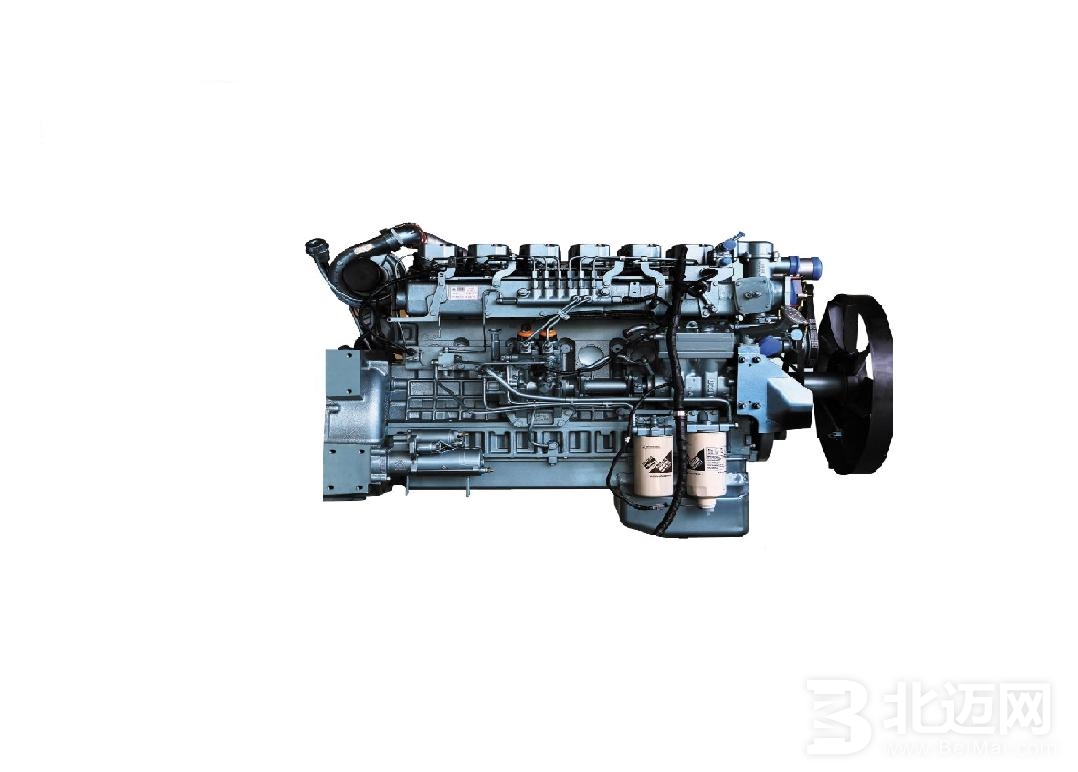
It is difficult to cold start the engine. <br> If the carbon deposit is generated on the valve, the surface of the carbon deposit is not solid, it is loose, similar to the sponge. The oil injected first when it is started will be adsorbed by the carbon deposit, and it will not be able to enter the cylinder. When the mixture in the cylinder is very thin, it often cannot be ignited. As the number of starters increases, the mixture entering the tank reaches a certain level to get on the train. After driving, the result is that the high idle speed does not go up, and the mixture is too thick and black smoke. This is because once the mixture is burned, the fuel in the charcoal is evaporated, and this part of the fuel is uncontrolled, the mixture is too strong, the main idle speed cannot be increased, and in severe cases, the flame is extinguished. With more and more carbon deposits, the more difficult it is to start. In addition, during the cold start process, due to the carbon deposit of the throttle valve, the intake air amount is insufficient, and the mixed gas is concentrated, which may cause difficulty in cold start.
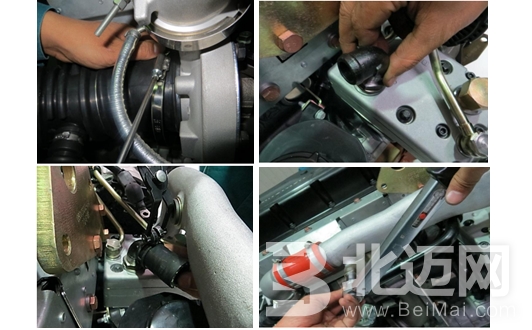
When the vehicle is idling, the engine control unit always controls the air-fuel ratio of the mixture. However, due to the formation of carbon deposits, part of the fuel is absorbed by the carbon deposits on the valves, and the concentration of the mixture entering the cylinders is not as thin as required. After the acceleration, after the engine control unit adjusts the fuel injection amount, the concentration is relatively high, and some fuel is trapped on the valve. When we release the accelerator pedal and the throttle is returned, the residual fuel on the valve evaporates. At this time, the mixture is concentrated, and the oxygen sensor will get a rich mixture signal, and the fuel injection time will be shortened by the engine control unit. The engine control unit constantly adjusts the amount of fuel injected until the oil on the valve is completely evaporated and is no longer adjusted, and the mixture is now quite dilute. When the idle speed drops, the oxygen sensor gets a lean signal and reports it to the engine control unit, which is again enriched. Repeated adjustments in this way will make the engine unstable.
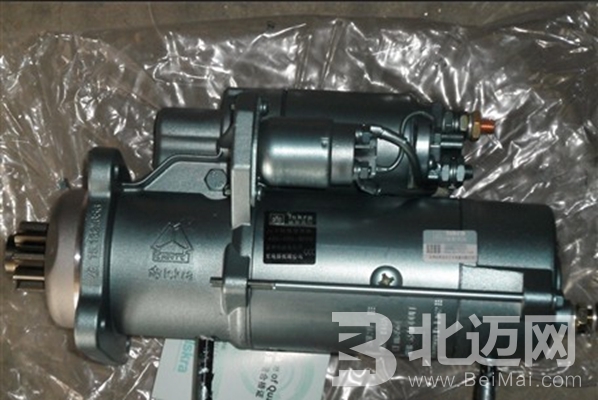
As described above, the oxygen sensor is repeatedly adjusted in the case where the engine is unstable, and since the carbon deposit on the valve affects the frequency of the adjustment, the reaction of the oxygen sensor relatively lags. At this time, some cars will report to the engine control unit that the oxygen sensor is broken and the sensitivity is too low. If you put in a new oxygen sensor, the car will be fine. Then the stable time is very short, it may be only a few months of life, but in fact the normal service life of the oxygen sensor should be at least 100,000 km. This is because the new sensor that has just been replaced has a peak period of work, and the response is quite sensitive. Even with the interference of valve deposits, it can be adjusted. After using for a period of time, the oxygen sensor quality enters a stable period, and the reaction voltage tends to be normal. Under the interference of carbon deposits, it also reacts to hysteresis, thereby accelerating the failure rate of the oxygen sensor.
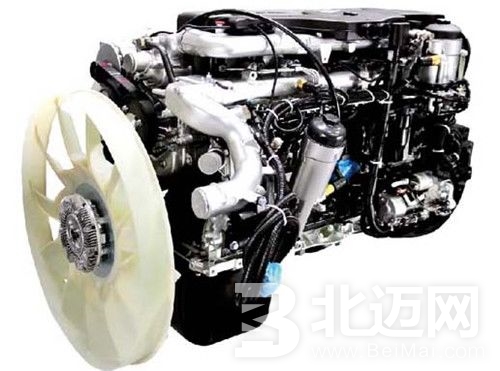
Due to the formation of carbon deposits, the resistance of the intake air increases, the amount of intake air is insufficient, and the carbon deposition also causes the mixture to be insufficiently concentrated, eventually resulting in insufficient power. Coking also causes an increase in cylinder pressure, which causes the ignition time to be delayed, which is the root cause of the power drop. Since most modern vehicles use knock sensors, when there is too much carbon deposit, knocking will occur. Once knocking occurs, the ignition time will be delayed. When the delay is delayed to a certain extent, of course, it will not be pushed, but the power has dropped. a lot of. Because the ignition cannot be accurately and on time, the main consequence of the delay in ignition time is the increase in fuel consumption. For example, a Jetta car, originally a tank running 700km, due to excessive carbon deposits, may only travel 550km.
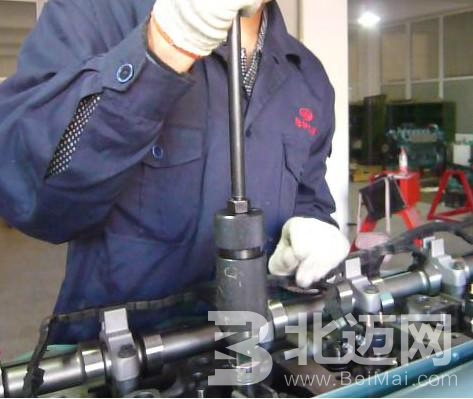
The engine runs at high speed for a long time
Cannot be turned off immediately. The reason is that when the engine is running, some of the oil is supplied to the turbocharger rotor bearing for lubrication and for cooling. After the running engine suddenly stops, the oil pressure drops rapidly to zero, the oil lubrication is interrupted, and the internal heat of the turbocharger It can't be taken away by the oil. At this time, the high temperature of the turbine part of the supercharger will pass to the middle, and the heat in the bearing support shell cannot be quickly taken away, while the supercharger rotor still rotates at high speed under the action of inertia. This will cause the turbocharger shaft to "catch" between the shaft and the bushing and damage the bearing and shaft. In addition, after the engine is suddenly turned off, the temperature of the exhaust manifold is high, and the heat is absorbed into the turbocharger casing, and the oil remaining inside the supercharger is turned into coke. When this accumulation of carbon is accumulated, the oil inlet is blocked, resulting in a lack of oil in the sleeve and accelerated wear between the turbine shaft and the sleeve. Therefore, the engine should be idling for three minutes before the engine is turned off, so that the turbocharger rotor speed is reduced. It is also worth noting that turbocharged engines are also not suitable for long idle operation and should generally be kept within 10 minutes.
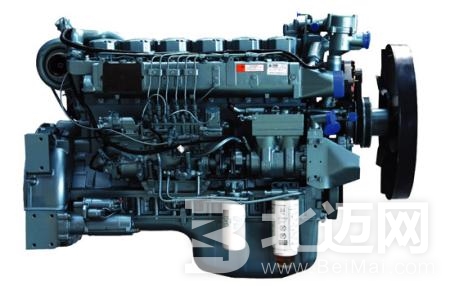
The above is the small maintenance of some of the maintenance methods of heavy truck engines and the handling of some common faults. The car engine maintenance car owners know that it is the top priority in car maintenance. Reasonable car engine maintenance not only extends the life of the car, but also ensures driving safety.
Calcium Zinc Compound Stabilizer For PVC Window Profile
PVC window profiles are a common building material that has excellent weather resistance, corrosion resistance, and mechanical strength, making them widely used in the construction industry. However, PVC materials are susceptible to factors such as thermal decomposition, oxidation, and photolysis during processing and use, resulting in a decrease in their performance and shortened lifespan.
In order to improve the stability and service life of PVC window profiles, calcium zinc composite stabilizers have become a commonly used additive. Calcium zinc composite stabilizers are composed of calcium and zinc salts, which chemically react with chlorine atoms in polyvinyl chloride molecules to form stable compounds, thereby preventing the thermal decomposition and oxidation reactions of polyvinyl chloride materials.
Inorganic composite stabilizer,High durability,Zinc salt
Hebei Xiongfa New materials Technology Development Co.,LTD , https://www.xiongfa-tech.com
